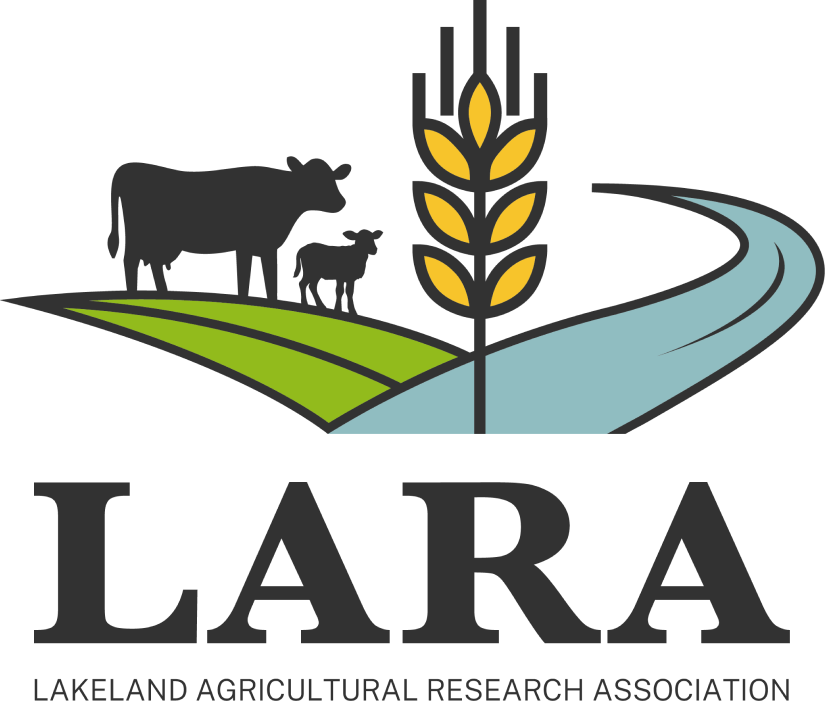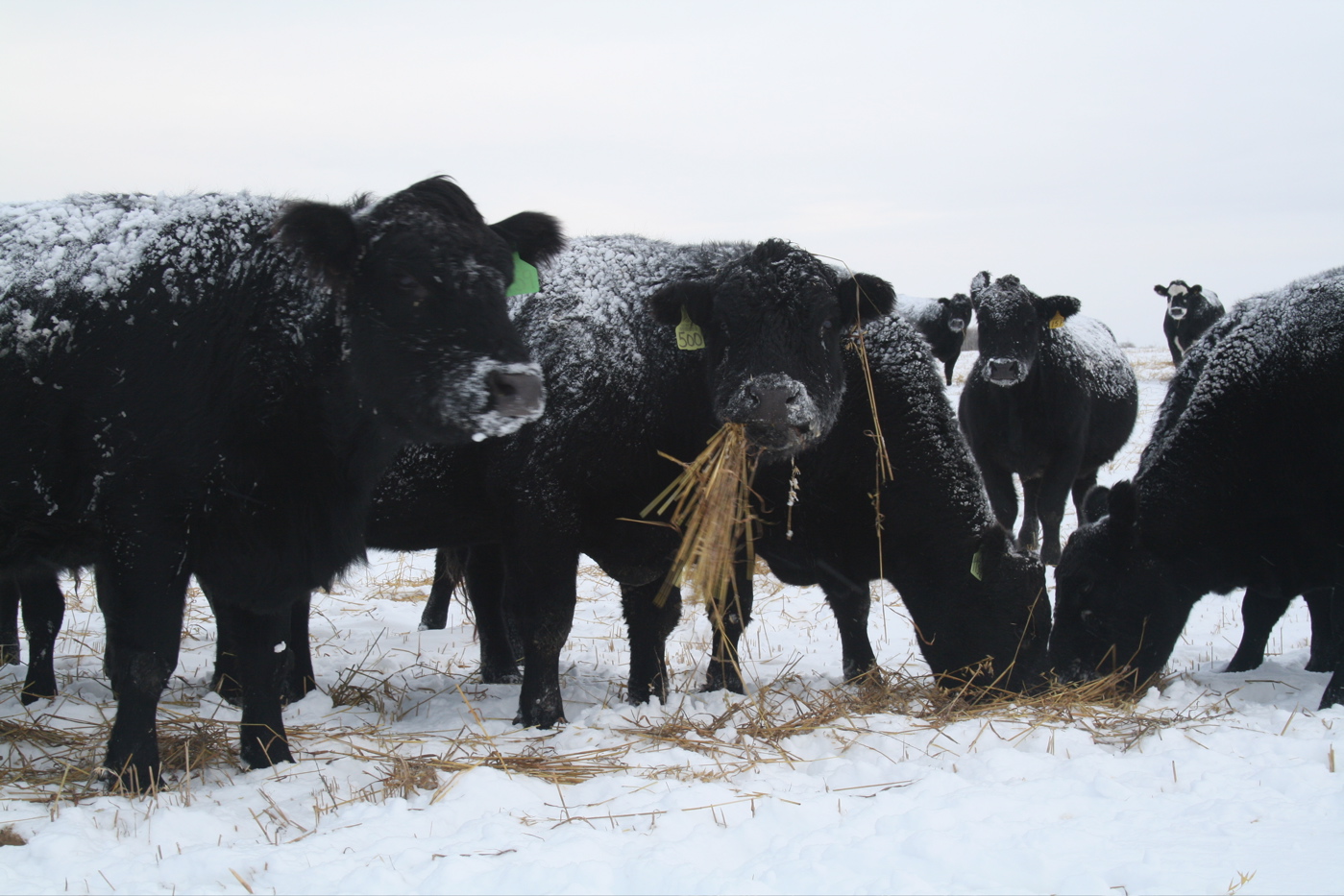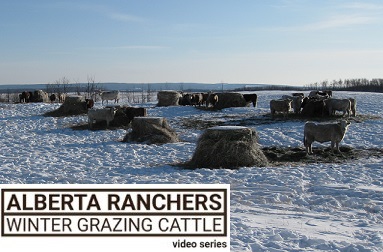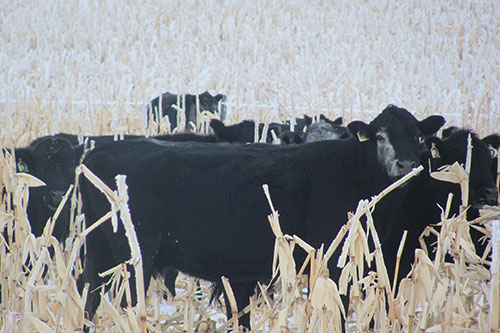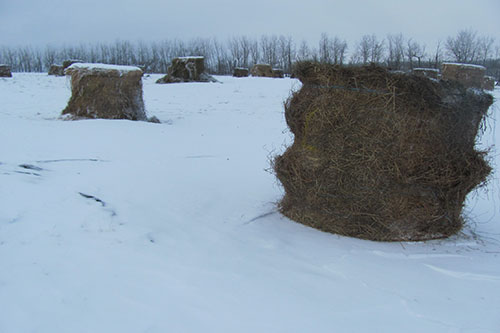Extended Grazing
The winter feeding season accounts for 40% to 60% of total production costs.
The use of the right extended grazing strategy has been shown to reduce a producer's costs by decreasing equipment usage, reducing feed handling, and minimizing manure hauling.
Winter grazing systems include stockpiled forages, swath grazing, bale grazing and grazing standing corn.
Extended Winter Grazing Strategies: A Study
Long-Term Impact on Soil Biological, Physical and Chemical Health of Four Extended Winter Grazing Strategies in Northeastern Alberta. This project will investigate the long-term environmental impacts of four winter grazing strategies by assessing soil physical, biological and chemical health. The ...
Alberta Ranchers Winter Grazing Cattle
In partnership with Alberta Agriculture and Forestry, Chinook Applied Research Association and West Central Forage Association, this series of 47 videos shares the personal perspectives and practices of ranchers across Alberta and how they have implemented management practices to reduce risk ...
Winter Grazing Standing Corn
Interest in utilizing standing corn as an extended grazing system has been increasing and there are many aspects that make it an ideal crop for winter grazing. The reduced nutrient content in the leaves/stems late in the year is countered ...
Bale Grazing Wastage Estimation
One extended season grazing option that has raised high interest is bale grazing or grazing bales in-field, rather than in a dry-lot. In articles in the Cattlemen magazine, Greener Pastures Grazing Management estimates that bale grazing costs them 13.2 cents/head/day (average yardage ...
